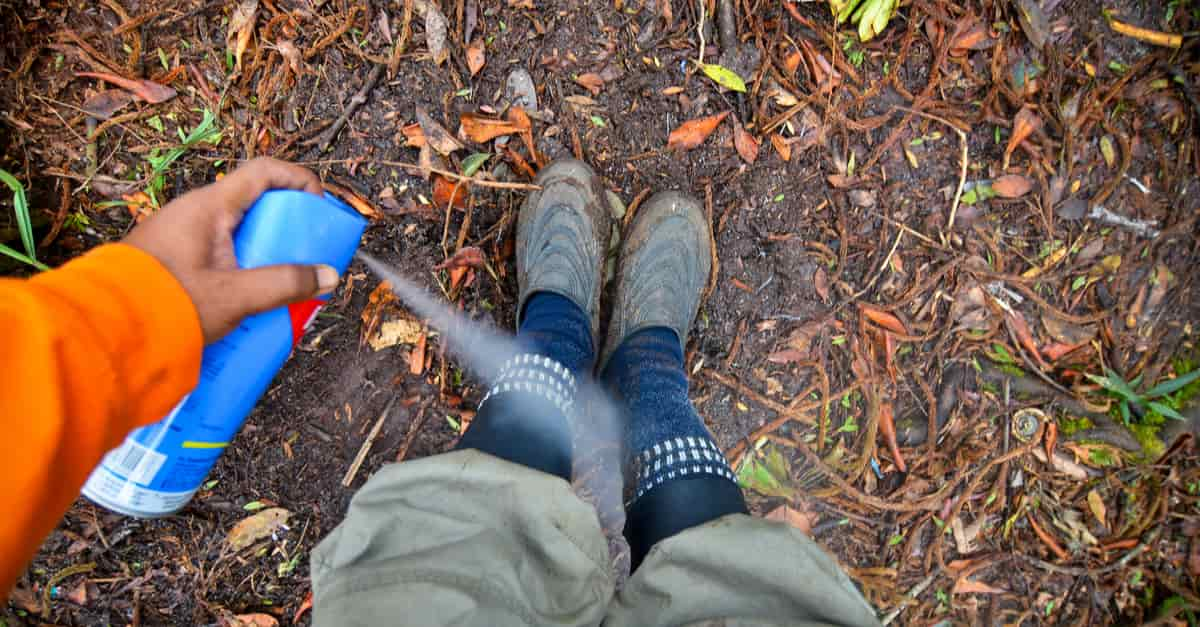Sleeping sickness or African trypanosomiasis is a disease caused by the parasite Trypanosoma brucei. It is transmitted by the bite of the tsetse fly, an insect the size of a bee. Signs and symptoms are initially non-specific; however, the infection progresses to meningoencephalitis. Eastern trypanosomiasis (caused by T.b. rhodesiense) is more clinically acute than Western trypanosomiasis (caused by T.b. gambiense), and nervous system involvement occurs earlier.
This parasitic infection, fatal in most cases if untreated, is present in 36 African countries, especially in rural areas where the fly that transmits it thrives. The disease came under control in the 1960s, but the spread of armed conflicts across the continent and the weakening of health systems contributed to its resurgence.
Today, unlike other neglected diseases where there is hardly any progress, sleeping sickness cases are declining year after year thanks to controlling programs: this is how, in 2009, the number of new cases reported fell to less than 10,000 for the first time in half a century. Between 1999 and 2018, newly reported cases were reduced by 96% (from 28,000 to 977).
How is African Trypanosomiasis Transmitted?

Human African trypanosomiasis is contracted by the bite of the tsetse fly infected with the trypanosome parasite. More than 95% of cases are caused by the Trypanosoma brucei gambiense parasite, found in Central and West Africa, while the remainder is caused by T. b. rhodesiense, found in Eastern and Southern Africa.
The parasite attacks the central nervous system, resulting in severe neurological disorders and death in almost all cases if untreated. During phase I of the disease, the parasite is only in the blood and is easy to treat (although difficult to diagnose, as the symptoms, such as fever and weakness, are non-specific). Phase II begins when the parasite passes from the blood into the central nervous system, and neurological or psychiatric symptoms appear, such as poor coordination, confusion, and sleep disturbances.
Symptoms

After the bite of the tsetse fly, the trypanosome enters the body and begins to multiply to invade the various body systems, causing:
- Attacks of very high fever for several days, separated by afebrile periods
- Intense weakness, headache, muscle aches, and generalized pruritus (itching)
- Adenopathy (swollen lymph nodes) may also occur
- Anxiety
- Mood changes and muscle weakness
- Excessive sweating
The first systems invaded are the cardiovascular, renal, and endocrine systems. Among other alterations, tachycardia, anemia, intense edema, circulatory alterations, and weight loss occur. When the African trypanosomiasis is advanced, the invasion of the central nervous system begins and changes the behavior and character of the individual, who becomes indifferent, less concentrated, and irritable. As the disease progresses, the mood is unpredictable, changing abruptly from joy to sadness. During the day, periods of drowsiness appear, more and more frequent and prolonged; at night, insomnia appears.
From that moment on, any minimum effort becomes impossible. Typical is the sign of the key or Kerandel’s sign, which means that the patient cannot open a lock because of the pain involved in bending the wrist. In the final phase, the patient goes into a coma, a process that may ultimately lead to death.
Treatment

Until now, African trypanosomiasis has been treated with drugs that are administered intravenously and therefore require hospitalization of the patient. In addition, they vary depending on the type of sleeping sickness involved. In the case of the rhodesiense form, if the nervous system is not affected, a drug called suramin is used. However, it has significant adverse effects and must therefore be administered under medical supervision.
On the other hand, if the central nervous system is already affected, melarsoprol must be used, a drug with high toxicity, and must therefore be administered every ten to twenty days. In the Gambian form, the drugs used are eflornithine and pentamidine. However, since 2019, the first oral treatment specifically for sleeping sickness, called fexinidazole, is now available and has been shown to be effective in all stages of the disease. It is administered with a daily dose for ten days and is particularly effective in the gambiense form, which is the most frequent.
Prevention

The tsetse fly should be attacked by spraying the areas where the flies nest and preventing reproduction with sterile males. Massive protection for those living in infected areas is complicated by the absence of vaccination because the drugs administered do not last in the body for more than four to six weeks and, in addition, have side effects.
The following six measures should be taken individually to prevent African trypanosomiasis:
- Avoid areas where there may be infected insects
- Wear cool, light-colored clothing and natural fabrics such as linen or cotton, covering most of the body surface
- Apply an insect repellent containing N, N-diethyl-m-toluamide, or dimethyl phthalate to exposed skin areas
- In the hottest hours, repeat the application in the quantities indicated by the manufacturer
- Place a net impregnated with permethrin or deltamethrin around the bed. Fix it under the mattress and make sure that no mosquitoes have been left inside while it was installed
- At night, use electric or battery-operated sprays or diffusers with insecticides containing pyrethrins
Please note it is not advisable to take any drugs for prevention.

